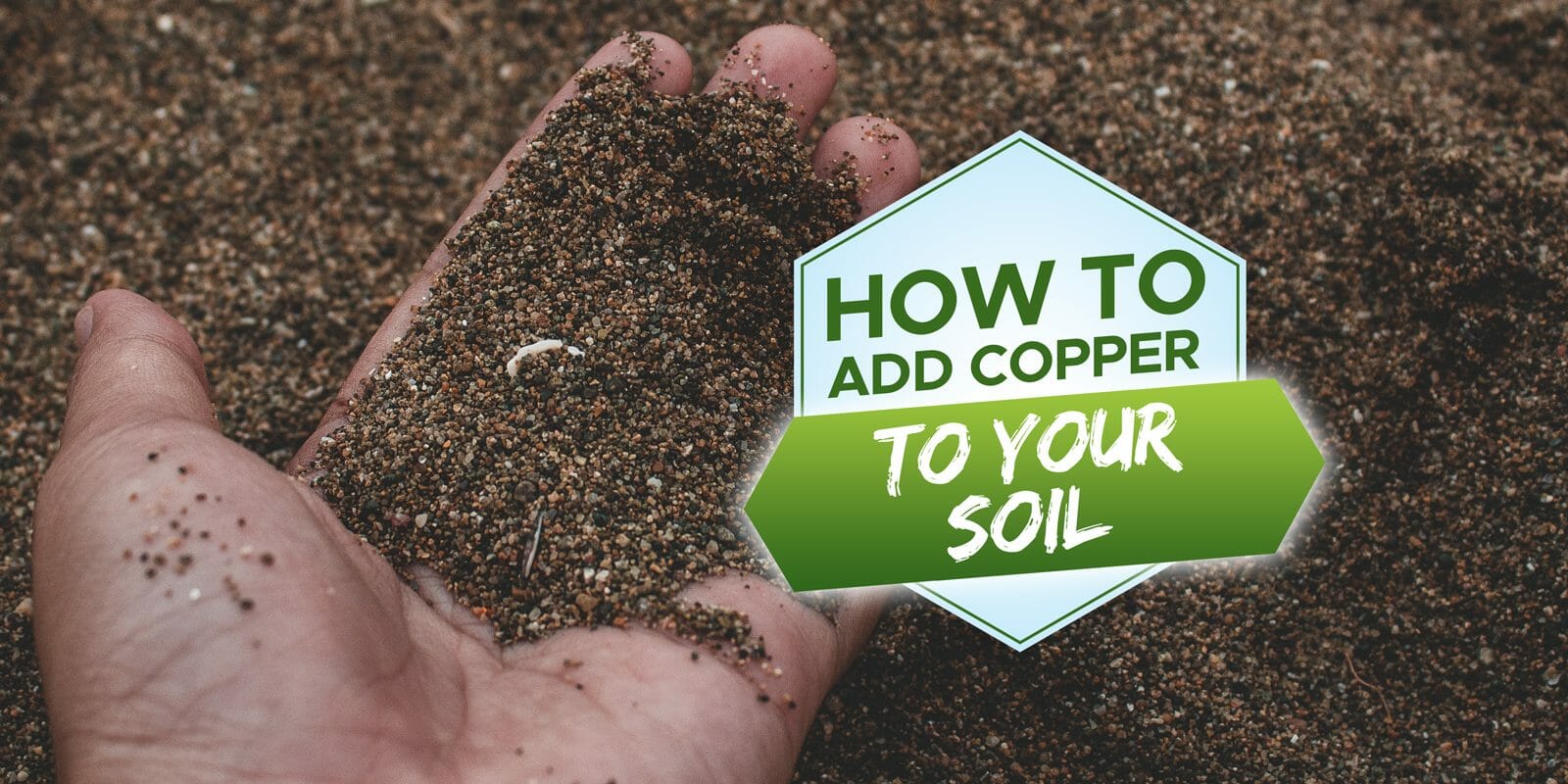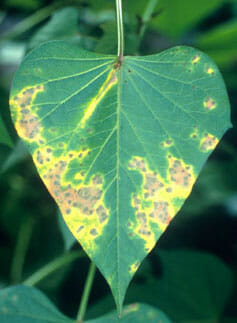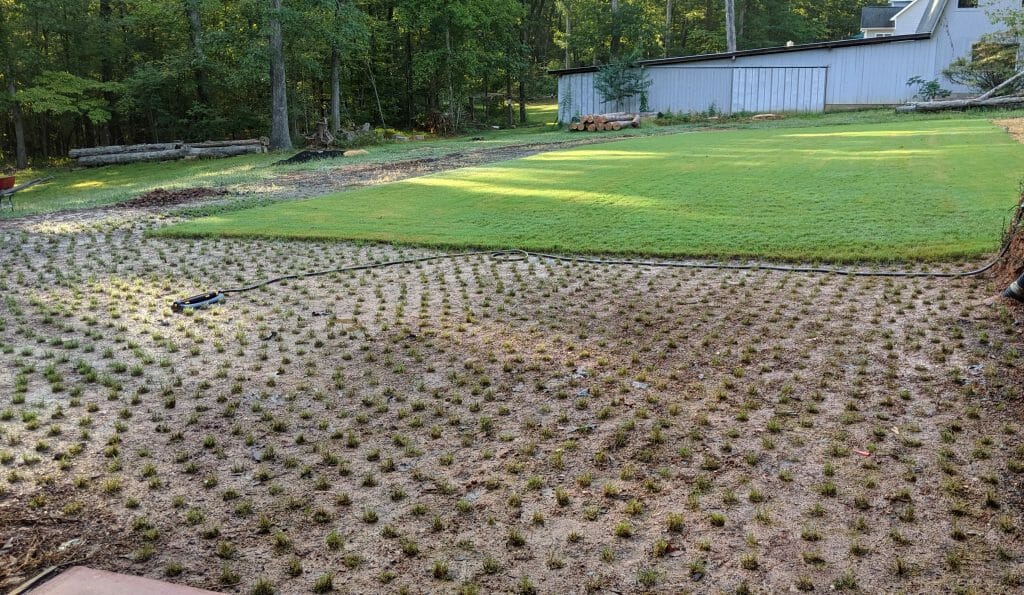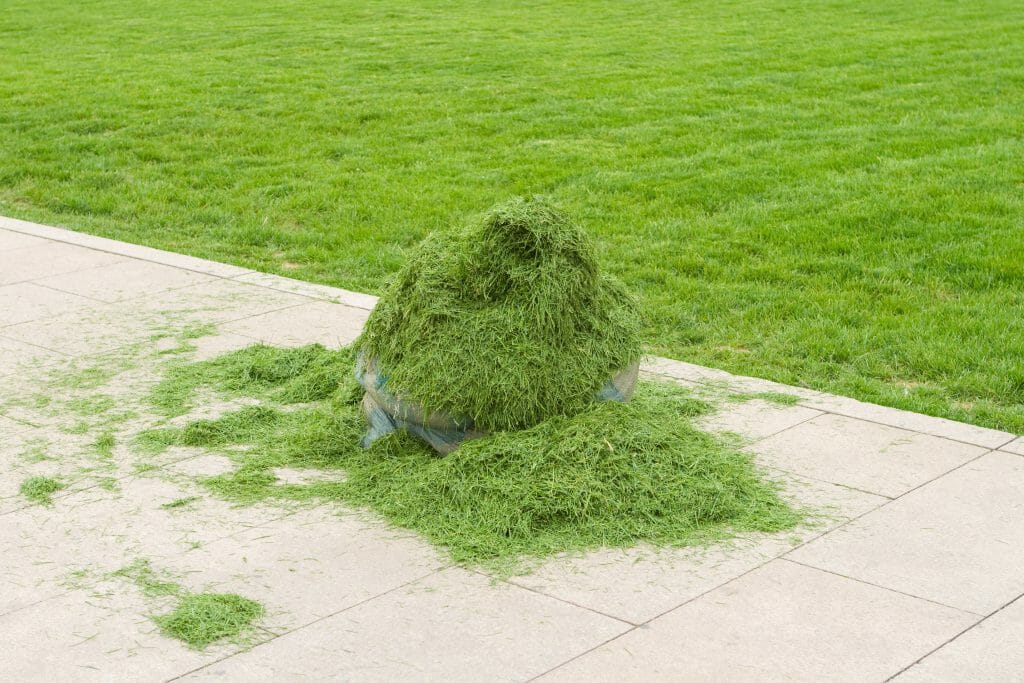If you’re looking for a natural way to add copper to your soil, you’ve come to the right place. In this article, we will discuss how copper can help improve plant growth and provide tips on how to add it to your soil naturally.
Copper is an essential nutrient for plants and plays a role in photosynthesis, respiration, and other vital processes. To add copper to your soil naturally, I recommend either working in chelated copper, using compost or mulch, mixing copper-rich rocks in your soil, or foliar feeding.
Naturally adding copper to your soil can help ensure that your plants get the nutrients they need to thrive!
How to Add Copper to Soil Naturally: 4 Tips
1. Use compost: Adding compost to your soil is a really easy way to add copper. Compost contains essential nutrients, including copper, which can help nourish your plants and improve their growth. It’s straightforward to make your own compost or you can buy it from a local garden center or online, it’s usually really cheap.
2. Mulch: Mulch can also add copper to your soil naturally. Mulch is an excellent option because it helps the soil retain moisture and prevents weeds from sprouting. You can use organic materials such as leaves, grass clippings, or pine needles as mulch.
3. Mix in rocks: Rocks are a great way to add copper to your soil. You can use rocks rich in copper, such as shale or slag. To ensure the most effective results, grind up the rocks before mixing them into your soil.
4. Foliar feeding: Foliar feeding is a great way to give your plants an extra boost of copper. You can make your own foliar feed using a mixture of 2 tablespoons of Epsom salt and 1 tablespoon of copper sulfate per gallon of water.
5. Chelated copper: You can mix in chelated copper in lines next to your plants and seeds if you’re using sandy soil that is. You’ll need to bury the copper in a couple of inches, and keep the line of chelated copper another couple of inches away from your plants.
Benefits of Adding Copper to Your Soil
Copper isn’t the first nutrient that springs to mind when looking to improve soil quality, but it’s an important one nonetheless.
Copper is an essential component for plants and is a key part of proteins contained in plant enzymes. These proteins play a crucial role in regulating many biochemical functions, including the formation of chlorophyll and the production of seeds.
Copper is also essential for cell division, healthy root development, and protecting plants from certain diseases.
Adding copper to your soil can have many other benefits, including:
- Improving plant growth
- Strengthening plants’ root systems
- Increasing nutrient absorption
- Enhancing the flavor and quality of fruits and vegetables
- Promoting healthy bacteria growth in the soil.
Signs of Copper Deficiency in Plants
If your plants show signs of copper deficiency, you’ll need to look into adding more copper, obviously.
A few common signs of copper deficiency to look out for, include:
- Yellowing and dying leaves.
- Stunted growth.
- Poor root development.
- Brown or purplish spots on the leaves.
I usually only need to see a light greeny, yellow coloring on a plant, and the tips of the leaves start to go black to know if my soil is lacking copper, it’s pretty distinctive.
Another one of my recommendations is to get hold of a soil testing kit, you can either get one to use at home or send off a sample to a specialist to find out exactly what your soil is, and isn’t lacking.
How to Treat Copper Deficiency in Plants
Once you have identified the soil deficiency, the next step is to treat it.
The easiest and most effective way to add copper to your soil is through foliar feeding or soil drenches. Both methods involve adding a mixture of water and copper sulfate directly to your plant’s leaves or roots.
Foliar feeding is generally the preferred option, as it is absorbed faster and more efficiently. To foliar feed your plants, mix 2 tablespoons of Epsom salt with 1 tablespoon of copper sulfate per gallon of water. Spray or mist your plants every two weeks using this mixture.
If you’d prefer to soil drench your plants, first prepare a mixture of 4 tablespoons of copper sulfate per gallon of water. Then, apply the mixture to the soil surrounding your plants.
Frequently Asked Questions:
What is a good source of copper for plants?
Copper is essential for healthy plant growth and can be found naturally in soil, rocks, and organic matter. You can also add copper to your soil by incorporating chelated copper, rocks rich in copper such as shale or slag, or foliar feeding with a mixture of Epsom salt and copper sulfate.
What happens when plants get too much copper?
Plants getting too much copper can cause toxicity and damage to the plant’s leaves, roots, and shoots. Symptoms of copper toxicity include stunted growth, yellowing of the leaves, poor root development, and brown or purplish spots on the leaves.
What is the richest source of copper?
The richest source of copper is inorganic copper sulfate, which is most commonly used for foliar feeding and soil drenching. Other sources include chelated copper, rocks rich in copper such as shale or slag, and organic matter.
Conclusion
Copper is an essential nutrient for plants and has numerous benefits, including improved plant growth, stronger root systems, better nutrient absorption, and enhanced flavor and quality of fruits and vegetables.
Copper deficiency in plants can be identified by yellowing and dying leaves, stunted growth, poor root development, and brown or purplish spots on the leaves.
The easiest and most effective way to add copper back into your soil is through foliar feeding or soil drenches. Copper sulfate is the richest source of copper and can be added to the soil either by incorporating it directly, or through foliar feeding with a mixture of Epsom salt and copper sulfate.
By following these tips, you can easily add copper to your soil naturally, and ensure your plants get all the nutrients they need to grow to their maximum potential!
Good luck!





